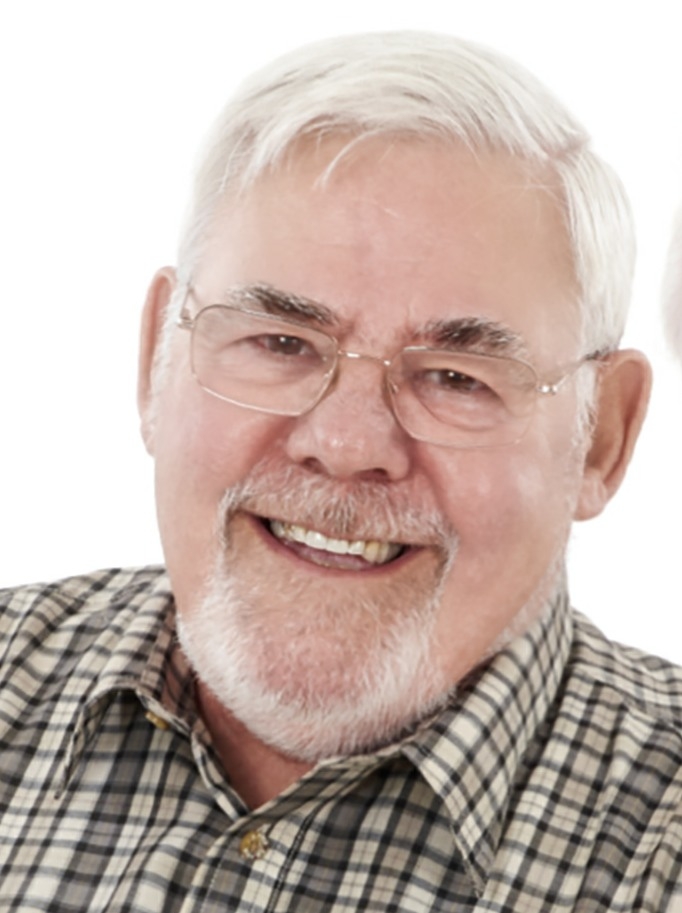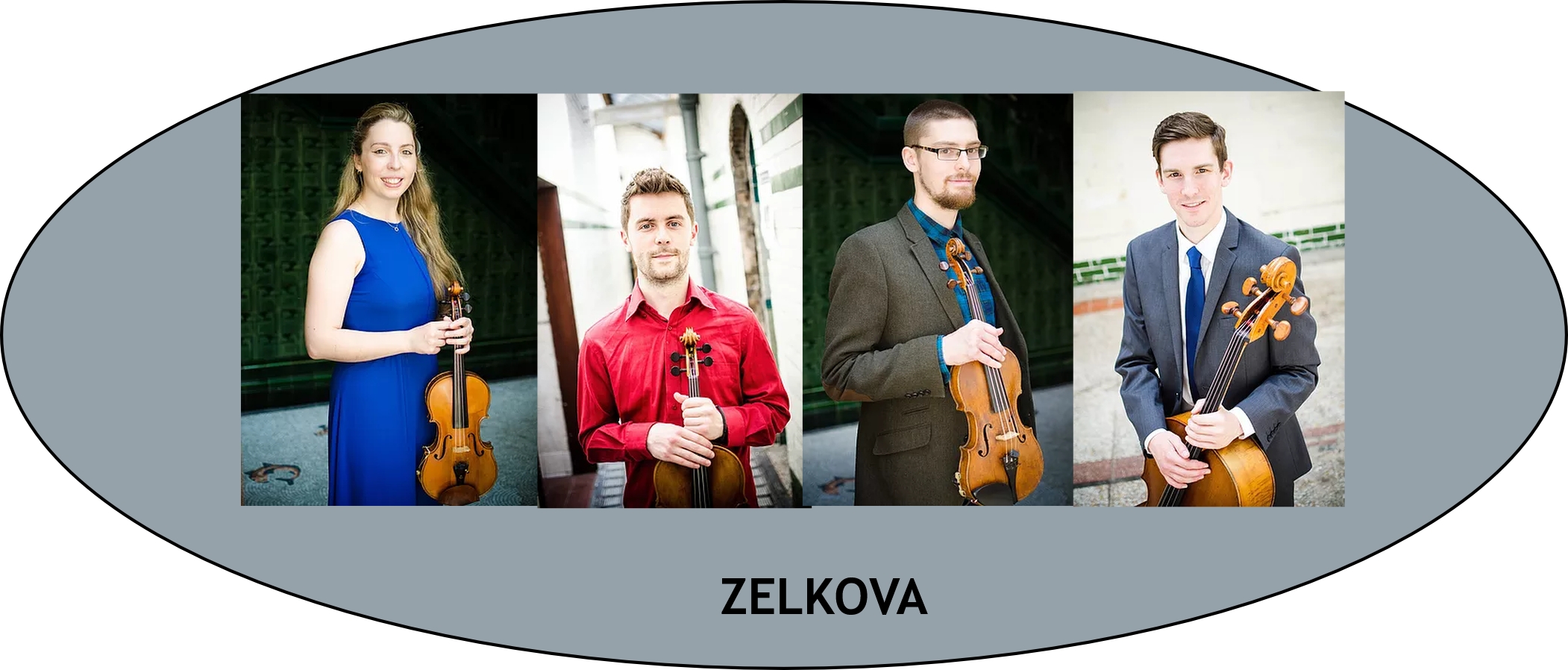Rochdale Music Society Concert 15.06.2024 THE HZ DUO
A Review by Graham Marshall
For this last concert of the Rochdale Music Society’s Concert Series 2023 - 24 a programme of Classical and Romantic music was performed by members of the Hz Duo, Shuwei Zuo (violin) and Xin He (viola) with pianist Tian Wu.
It began and ended with two Mozart masterpieces. The first was the Duo KV 423 for Violin and Viola, a work which gave the two string players plenty of scope to demonstrate from the outset that they were going to be synchronised heart and mind in whatever they would be playing together. A perfectly balanced flourish opened the work, and they continued effortlessly in tandem as they went on through the friendly and agreeable musical conversation of the first movement and the moments of melodic climax in the second movement to the breezy and playful concluding third movement. The audience was evidently delighted with their upfront enjoyment of this showcase display of Mozart’s musical artistry and their own technical skills.
In between were two works from the Romantic era. First, the Max Bruch Concerto for Violin and Viola in which the string players were joined by pianist Tian Wu, who provided them with a suitably colourful account of the original orchestral accompaniment. Accompanying in this kind of way is a skill in itself. Tian demonstrated his skill splendidly. The music was composed with the composer’s clarinettist son, Max Felix, in mind, so was originally for Clarinet and Viola. An arrangement for violin and viola was made very soon after. This has remained a popular alternative, deservedly so as the attractive performance given by Shuwei Zuo and Xin He proved.
The individual personalities of violin and viola were clearly presented by Shuwei and Xin in such a way as to assure the audience that they were completely at one in performing this expansive music with its elegiac warmth which shows no sense of regret. Indeed, the last movement, which might be said to open with an invitation to the duet to give a demonstration dance, proceeds in dance-like fashion with each partner making a colourful and balletic contribution to the display, and ends with the dancers bowing to each other and leaving the dance floor hand in hand thoroughly pleased with their performance. And so they should have been!
The other Mozart masterpiece was his Sinfonia Concertante in E flat, with which they ended the concert. Once again, all three musicians demonstrated their artistry and skill in a performance of the highest order which provided a most attractive and entertaining musical experience that Mozart himself would surely have appreciated.
Details of the Society’s 2024-25 Concert Series will be available shortly on the website: www.rochdalemusicsociety.org .












